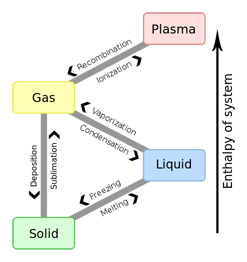

|
The International Workshop on
|
Abstract The core-collapse supernova explosion produces both neutrino and gravitational wave (tensor-transversal plus possible scalar-longitudinal) bursts. In the case of GW detectors, which have low angular resolution, the method of sidereal time analysis of output signals was applied for extraction of GW signals from high level noise. This method was suggested by Joseph Weber in 1970 for analysis of signals from his bar detector and later was developed for existing bar and interferometric GW detectors. The same sidereal time approach can be also used for low energy neutrino detectors which have many years of observational time (e.g. Super-Kamiokande, LVD, Baksan). This method is based on: 1) difference between sidereal and mean solar time (which help to delete noises related to day-night solar time), 2) directivity diagram (antenna pattern) of a detector (which chooses a particular sky region in a particular sidereal time), and 3) known position on the sky of spatial inhomogeneities of GW and neutrino sources in the Local Universe (distances less than 100 Mpc), such as the Galactic plane, the Galaxy center, closest galaxies, the Virgo galaxy cluster, the Super-galactic plane, the Great Attractor.
Reference:
|